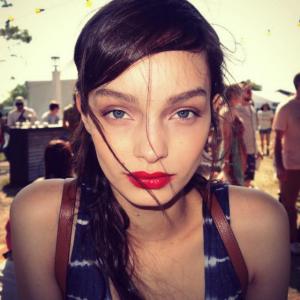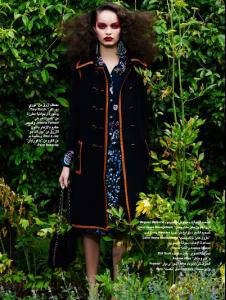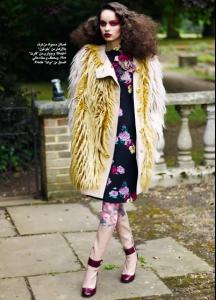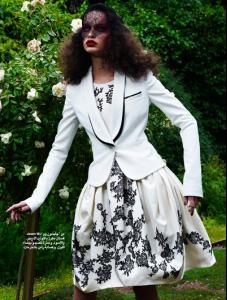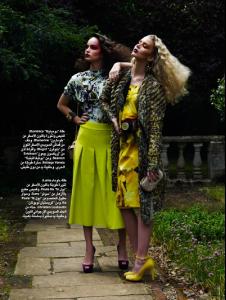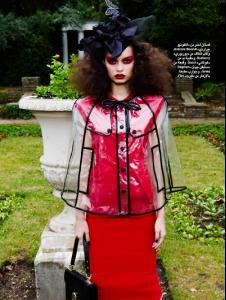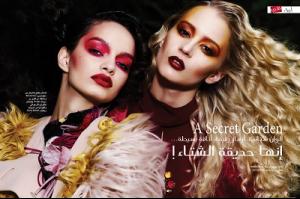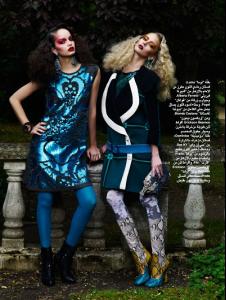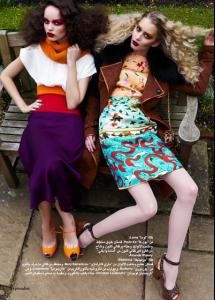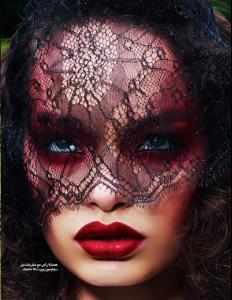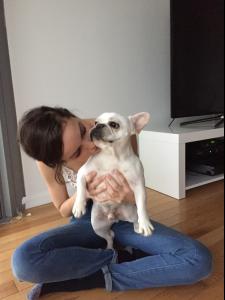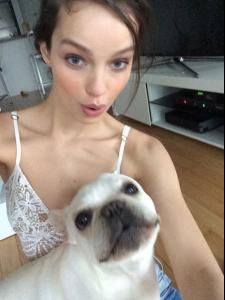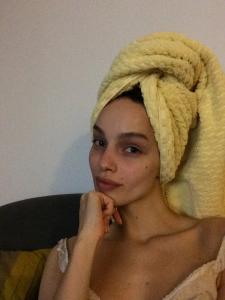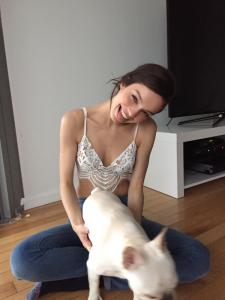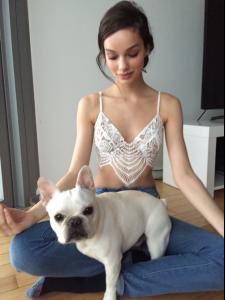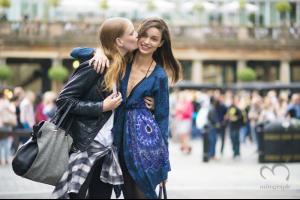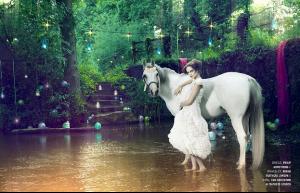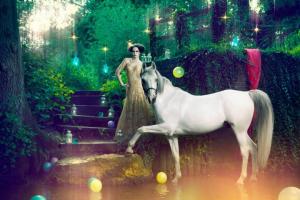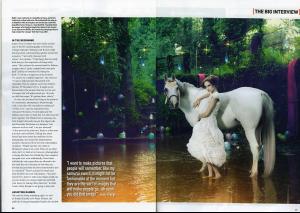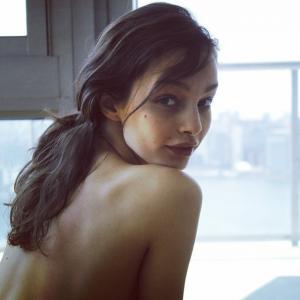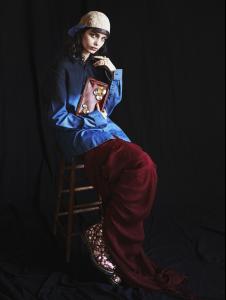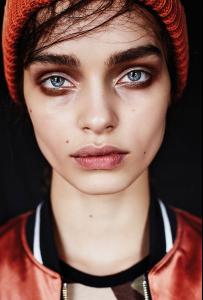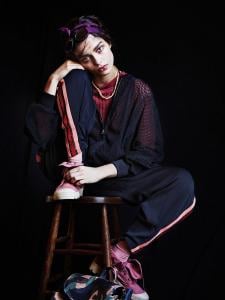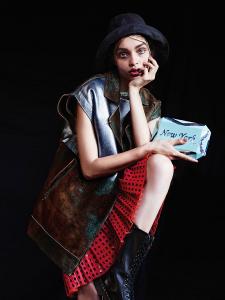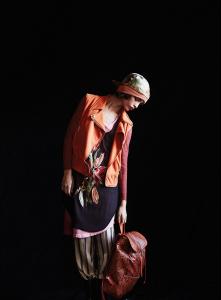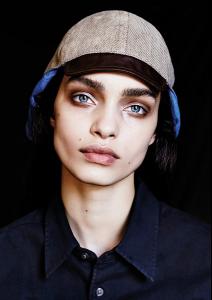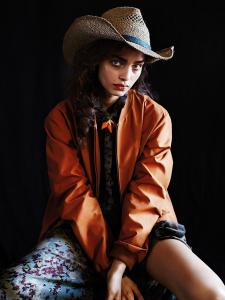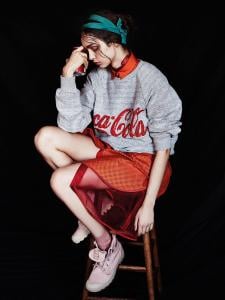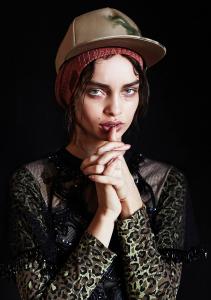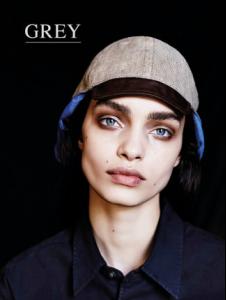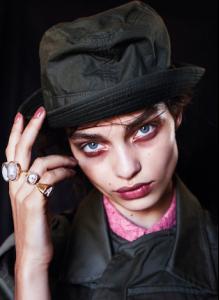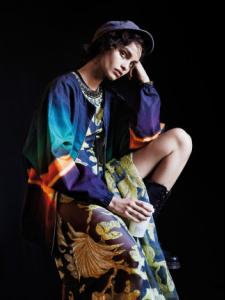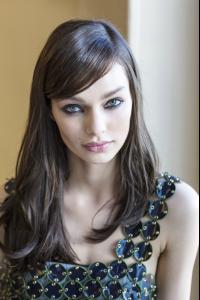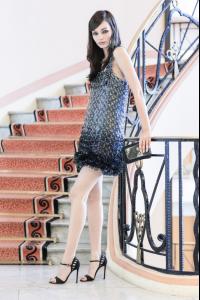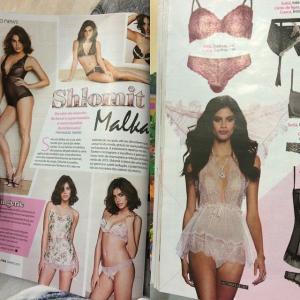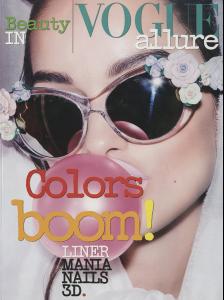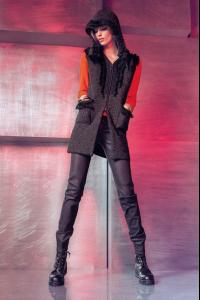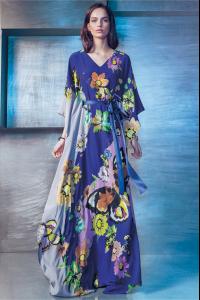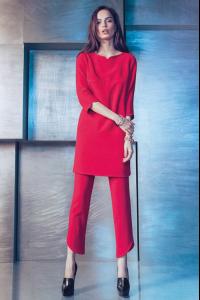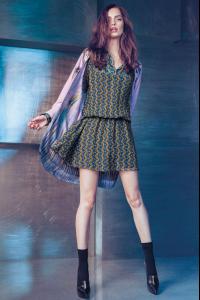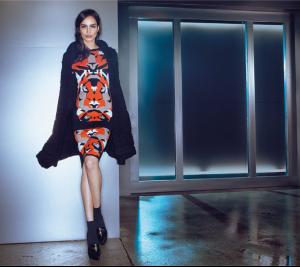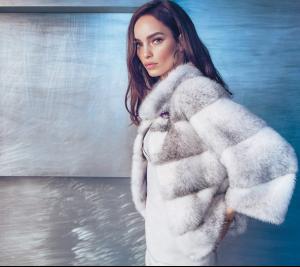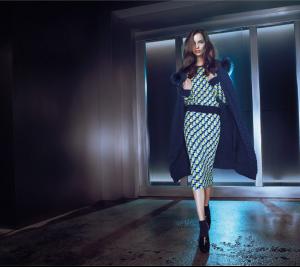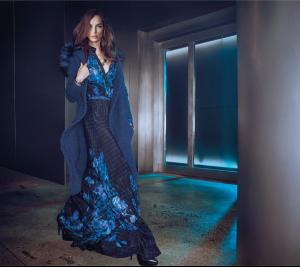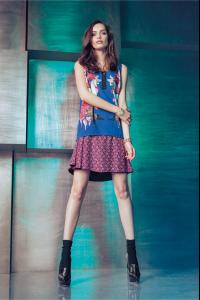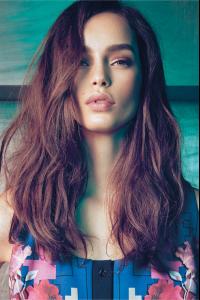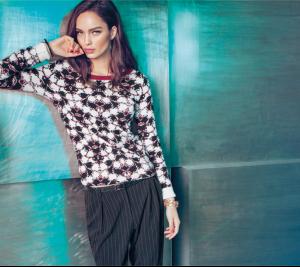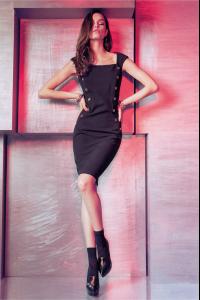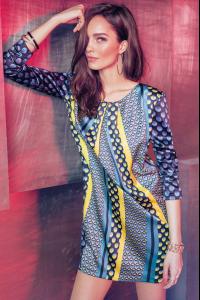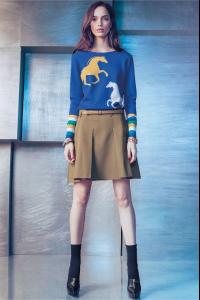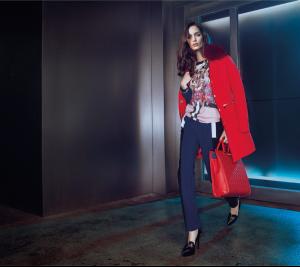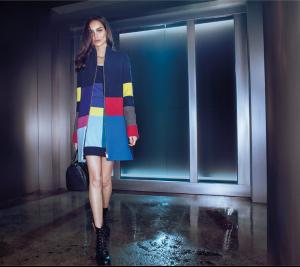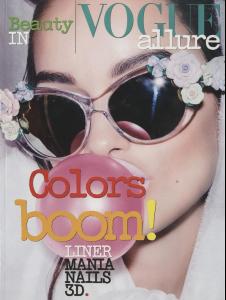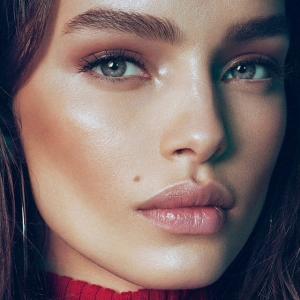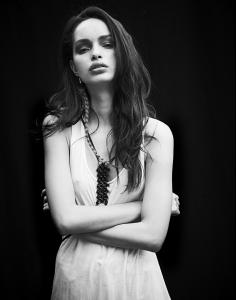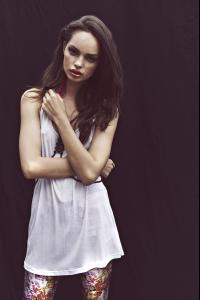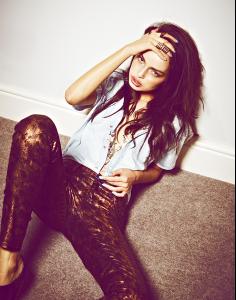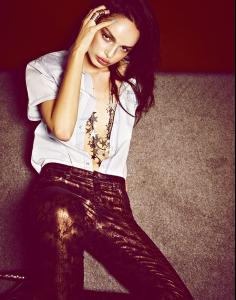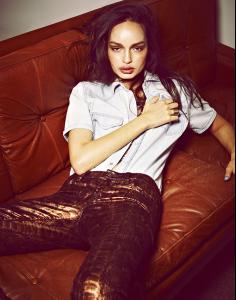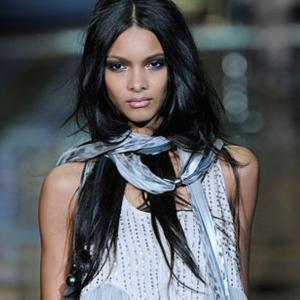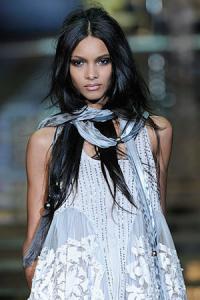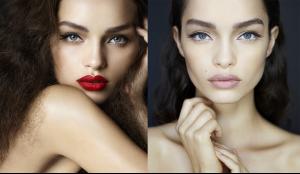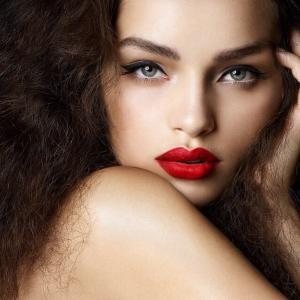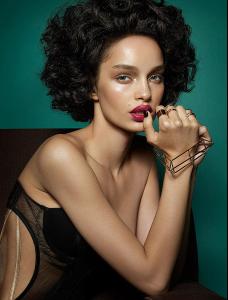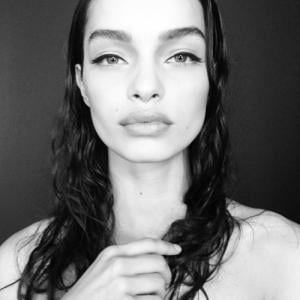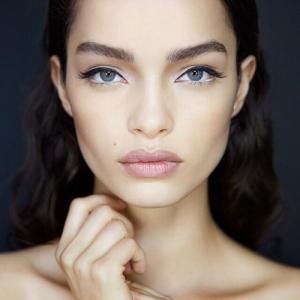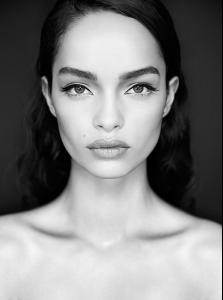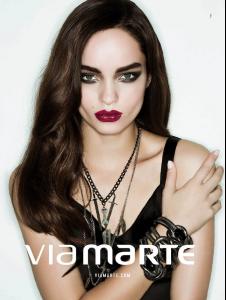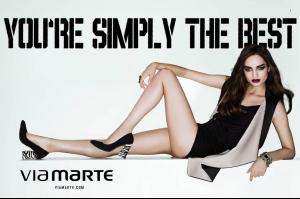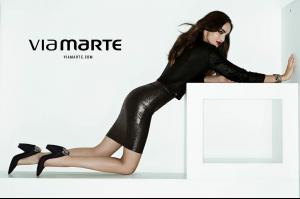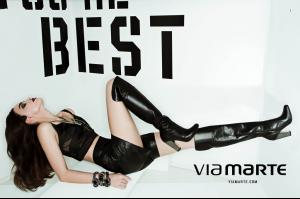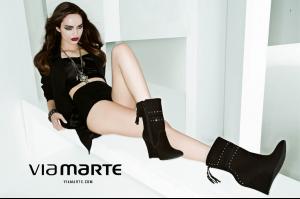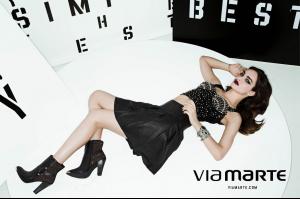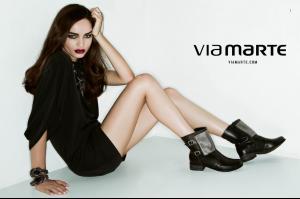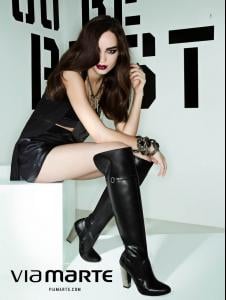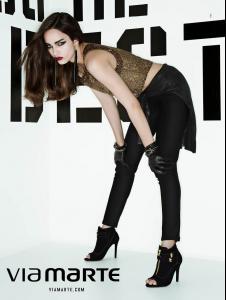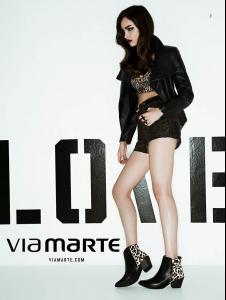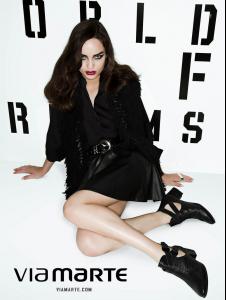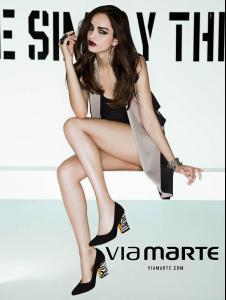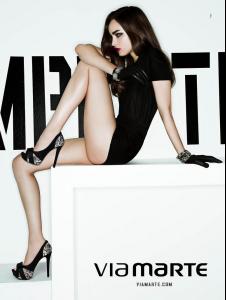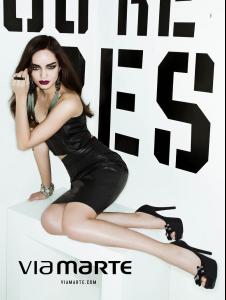Everything posted by JazzyJas2.0
- Sara Sampaio
-
Taylor Hill
Ew. Please don't quote that. It's disgusting and tragic.
-
Elsa Hosk
No. Thank you!
- Miranda Kerr
-
Candice Swanepoel
- Luma Grothe
- Luma Grothe
Interview with Scott Lippshttp://pmc-mag.com/2014/03/scott-lipps-luma-grothe/- Romee Strijd
- Luma Grothe
- Luma Grothe
Luma's Fitness and Beauty Regimen March 17, 2015 Tell us your secret! What is the best piece of advice you could give us for healthy, glowing skin. LUMA: I have a few things that I like to do to keep skin healthy. Drinking a lot of water, cleaning my face really well before I go to bed, using sun screen everyday even if it's raining! And keeping it moisturized. How do you keep in shape and what is a healthy meal you like to cook at home? LUMA: To keep in shape I make sure I exercise as much as I can and have a good source of protein during or after my workout! I don't usually do cardio, I focus on each muscle of my body with resistance exercises! And a healthy meal that I like to cook at home would be a kale salad with avocado and chicken, and for the flavor I like to add mangos or strawberries. What is your holy grail skincare product? (the one skincare product you can't live without) My favorite product for the skin is a cleanser called "Go 360" from L'Oreal Paris, I've been using for a couple of years and it makes my skin very luminous! Do you have a beauty routine or regimen that you follow when prepping for a big shoot? LUMA: The only thing I do before a big photoshoot is to make sure I sleep 8 hours, my sleep is precious to me and is so important to have energy for a good photoshoot, that's one of the keys for my professional and personal life too! What is your favorite FL&L piece from the spring collection? LUMA: Hard to choose a favorite one, I love this collection! But I have to say, I wore the guava skirt with the matching top on Valentine's Day and my boy was like *heart face emojis* Any tips for a healthy mind and body? LUMA: "Don't worry be happy" is the secret and only key for a healthy mind in my opinion, taking life easy and seeing the good side of everything is so important to me and people around me! What was your best/funniest memory from the shoot in Hawaii? LUMA: It's almost impossible to choose my favorite memory. Hiking through the trail that took us to the black volcano rocks, swimming in the beautiful blue sea, getting shaved ice in the little villa, it was all very special and we had so much fun during and after work, the whole experience couldn't have been better! http://www.forloveandlemons.com/blog/2015/3/13/luma-grothe- Lais Ribeiro
- Luma Grothe
- Luma Grothe
“Sometimes people say I look like if Angelina Jolie and Miranda Kerr had a baby,” said Luma Grothe (pronounced Gro-tay), the 20-year-old model from Joinville, a city in the Southern region of Brazil. If Grothe doesn’t look like your typical Brazilian — her eyes are blue, her skin slightly pale — it’s because she’s German, Japanese and African, a mix that set her apart physically from her darker-skinned Brazilian classmates while growing up. Grothe, who is repped by One Management, might be recognizable as the face of Dsquared2’s spring campaign — stroll past the intersection of West Broadway and Spring Street in New York’s SoHo and there’s a 10-foot-high poster of her plastered on what will soon be the brand’s first U.S. store. Editorialwise, she’s been featured in multiple international editions of Vogue, Glamour and Elle and also nabbed the covers of Grey Magazine, Vs. Magazine and Vogue Italia’s beauty supplement, in addition to look books for Barneys New York, J. Crew and Urban Outfitters. As for runway, she walked the fall shows for Jeremy Scott, Julien Macdonald, Dsquared2, Cushnie et Ochs, Nicole Miller and more. It’s hard for Grothe to decide which she enjoys more, print or runway. “Image is so powerful, and I really like seeing the results of photo shoots,” she said. “But the catwalk is all about the moment. Everybody’s looking at you.” The 5-foot, 9-inch model has lived in New York City for a year with her boyfriend and their French bulldog, Bark Obama, and when she’s not busy with work, she has a soft spot for musicals. “I went to ‘Mamma Mia,’ which sounds cheesy, but it’s really cool. ‘Book of Mormon’ was great, too.” WWD: How did you start modeling? Luma Grothe: My best friend was being really annoying about this modeling competition in the south of Brazil. He was like, ‘You’re superskinny, just go there. You’re gonna win it.’ I didn’t even wanna go. I was studying and doing well in school. I was 16 at the time. I guess he convinced me to go, and it was good. I didn’t win, but people saw me there and then somehow I got signed with this agency. I started modeling, and it was going so well that I had to stop school. So I still have one year to finish. I’ll go back and finish, definitely. WWD: Have you settled into New York or was it an adjustment? L.G.: I have an apartment here uptown, so I’m pretty settled. I have a puppy — a French bulldog. He’s, like, seven months now. I was living by myself, and then my boyfriend moved in a few months ago. It’s so different in New York [from Brazil], but it’s nice that I can have both. Sometimes I work in Brazil, so I can still have the sunny weather and the seaside, but I do love New York. I think everywhere I just really like the people because they’re so different. In London, everybody’s very friendly. In New York, everybody’s looking for their dream. In Brazil, everybody’s chilling and easygoing. I love that. WWD: What was it like growing up in Brazil? L.G.: I have a brother and sister who are older than me. Growing up with them was so much fun. Brazil is growing now, but before, we didn’t have a lot of technology so [all we had] were our jokes — we were always all outside, running around, getting dirty. It was really healthy and nice growing up there. I’m very close with my family. I miss them all the time. WWD: But you moved to London for work when you were 16, right? L.G.: I went to London when I was 16-and-a-half for work, and I didn’t speak any English. It was embarrassing. It was hard. My bookers, they said if I wanted to stay in London I had to learn. I had to watch a lot of [English] TV and ask my friends, “What does this mean? What does that mean?” I made so many friends in London and they were from Russia, Poland, everywhere in Europe — I got different accents from them. WWD: How did your family feel about you leaving Brazil for work at such a young age? L.G.: I remember my mom saying that children — you have to [let them grow as they want to], not for yourself. She said your kid has to go wherever your kid wants to go; you can’t keep your kid in the house. She said whatever makes me happy — if traveling and learning new things will make me happy — then I should definitely do it. WWD: When you were younger, did becoming a model ever cross your mind? L.G.: I think in high school people always thought I was different than the others. There is this Brazilian type that is long straight hair, darker skin, kind of native looking, but I was always super different. People didn’t think I should be a model, they just thought I was different looking. I’m German, African and Japanese. My dad is a mix of German and Japanese and African, and my mom is German. WWD: You’ve been modeling for about four years now. Has there ever been a moment where you felt like you’d made it? L.G.: I think that modeling is — you never know you’re ready. You just never know. You just go with the flow. My clients always called me back to work again with them, and I was very happy about that. I definitely take it seriously as a career. I’m a very creative person, though — I like to do other stuff as well. I want to keep studying. I like making videos. I would love to be behind the scenes of cinema in the future, as a director or producer or something like that. I just really love it. WWD: Were you happy when you heard you nabbed Dsquared2’s spring campaign? L.G.: Apparently they started looking through girls on their catwalk, and they stopped on a picture of me and said, “This one.” That was it. I was very lucky. It’s not like I get superexcited, but what I like about it is that other people get so inspired. I have girls, normal girls e-mailing me all the time that I give them inspiration. That’s what I like about it. WWD: What do you think you’ve gained the most from all of your modeling experience? L.G.: It’s almost like a college of life. You learn how to live. You learn everything, how to be by yourself. You don’t have your parents doing things for you. You become an adult in one day. I remember the first time I went to the supermarket by myself to buy my food, and I remember I was crying. I was like, I don’t know what I’m supposed to buy! I had never done this before. You go from being taken care of to taking care of yourself. WWD: What are some of the most challenging parts of this career? L.G.: I don’t feel like it’s hard anymore. I’ve been through so much. In the first two years, I worked so much for free, I didn’t have money at all. I was just living off pocket money that the agency gives you — like $100 a week or something. For me that was fine, but it was hard. So after doing so many good jobs, now I can really have a better life. I think all the hard parts are gone. I’m very settled now. WWD: What’s the weirdest thing you’ve ever had to do on a photo shoot? L.G.: For ID Magazine online — it was a few years ago — I had these weird wigs on. And they had these animals — what is the name, they have a shell? Snails. I had to hold them and they were alive. I did not like them. Everybody was like, “Don’t worry, they’re nice.” I was like, “They are snails, how can they be nice?” WWD: You’ve worked with some of fashion’s top photographers: Testino, von Unwerth, Mert and Alas… L.G.: Yeah, I worked with Mario Testino and Mert Alas and Marcus Piggott — and Ellen [von Unwerth] was one of my favorites. She shot the Vs. Magazine cover. It was with Hailey Clauson, and we got along so well. Ellen is so much fun; she’s like a kid, it’s almost like she’s 17 years old and she’s falling in love. All the girls on that shoot were really nice and we had so much fun. I think these photographers are on the top because they’re so nice and so good at what they do. Otherwise they wouldn’t be there. My goal is to shoot with Steven Meisel one day. WWD: What are some of your other goals? L.G.: So many. I definitely dream about building my own house somewhere — like maybe Long Island or somewhere more near nature. Designing it the way I want it — this is one of my goals. And I want to travel places that I haven’t been yet. I had two passports full of stamps and I had to switch passports and get a new one. Before that I [hadn’t really traveled,] I was just in Brazil. WWD: Are there any aspects of the industry you’d like to see changed? L.G.: I lived with girls who didn’t eat, and that was pretty sad. I think you first need to be healthy. It’s important that the model is healthy, for herself but also so that people can see what is really beautiful. Sick isn’t beautiful. But that’s changing slowly, and I’m really happy about it. http://wwd.com/eye/fashion/model-call-luma-grothe-7736497/- Luma Grothe
https://ucfphototi.wordpress.com/2012/01/ Photographer: Jenny Brough Retouch: Digital Darkest Star Model: Luma Grothe @ Premier Make Up Artist: Roseanna Velin Hair Stylist: Lisa Farrall Stylist: Oliver Vaughn Set Designer: Harry Riley Production Assistants: Edward Frith, Natalie Lines Horse: Omia Dress: Philip Armstrong- Luma Grothe
- Luma Grothe
- Luma Grothe
At Cannes with Luma Grothe, the new face of L'Oréal Paris At only 22, Luma Grothe has joined the exclusive circle of L'Oréal Paris ambassadors. A new role which today leads to the Cannes Film Festival, as tradition dictates. In full preparation for his first red carpet, she confided to The Official ... Interview by Karen Ruach Photos: Justin Personnaz What do you do in Cannes? As a new ambassador, I am here to represent L'Oréal on the red carpet. This is the first time I go up those stairs. Are you stressed? No, I'm really looking forward to it ... And I'm especially curious to know how it goes. What does this mean to you to be the new ambassador for L'Oréal Paris? It's a dream come true. Since I was little I use their products because they are of good quality and affordable, as well. I could have hoped for. What are you wearing to climb the stairs? A Paco Rabanne dress in plastic, very edgy. And I have not chosen by chance: I am also the face of their new perfume that will come out in July. What are your beauty secrets? The sport! I do a lot of gymnastics. Also, I drink lots of water, I put on sunscreen, and I take special care of my hair. Your beauty routine in the morning? I wash my face with warm water, and then I put "The Extraordinary oil" of L'Oreal on my skin before make-up. Your beauty icon? Linda Evangelista. But Gisele Bundchen also inspires me a lot, especially since it is Brazilian like me. Have you met the other muses L'Oréal Paris? Yes, I met Eva Longoria but we have not had much time to talk because we're both in the rush! I also saw Liya Kebede and Natasha Poly, they are really nice. http://www.lofficielmode.com/beaute/cannes-luma-grothe-nouvelle-egerie-loreal-paris/- Luma Grothe
Elle Brazil March 2015 Ph: Bob Wolfenson Makeup: Silvio Giorgio- Elsa Hosk
For the first year ever, the huge production that is the Victoria's Secret Runway Show is taking place in London. Yes, we're very excited about it too. And to celebrate the Angels flying in, our Online Fashion Editor Jess Edwards headed down to the flagship store to meet the newest recruit to the Angel brigade, Elsa Hosk. Elsa, a 26-year-old from Sweden who started off her career juggling modeling with playing professional basketball, was given her wings and Angel-status earlier this year and understandably can't wait to walk alongside regulars Doutzen Kroes, Lily Aldridge, and Adriana Lima. "Oh, it was so exciting!" Elsa tells us, describing the day she found out, "I actually didn't know I was going to walk in the front segment until the day of the fitting. "My look was hanging there but I didn't know it was my look yet, so I was like, 'What is this doing here, it's obviously not mine,' and then they were like, 'Surprise! It's your look.' "I was so excited and just can't wait to walk it tomorrow." Getty But how does a girl go from playing basketball to modeling in front of millions? "It's definitely helped me so much in modeling," Elsa explained. "Just knowing how the body works and being athletic means it's easier to stay athletic while working a different job. "Just having the whole control over your body is so important when you're modeling — to just be able to know exactly what you look like and what you're doing." And how do you prepare for walking on the catwalk for what is the biggest lingerie show in the world? "I've been working out. A lot! Two hours a day for the last two weeks. "I've also been eating really healthy and just taking care of myself and being nice to myself, like letting myself sleep. And of course stepping up the workouts. "I've been doing a lot of boxing. I have a boxing trainer at a gym, which is really fun. And I also try to complement it with flybarre, which is lengthening, strengthening, toning, just tightening everything up. "It's two completely different workouts but they really work together." The pressure to look amazing must be immense but Elsa takes a view that you can't be everything to everybody at all times, so you just have to not let it get to you. "There is definitely a lot of pressure," Elsa told us. "Being a model, you're constantly judged on the way you look, but I think you have to be really strong and confident in knowing who you are and not take anything personally you know because not everybody can like you, and not everybody will think you're beautiful. "It's just not all about that. It's so much about the personality and who you are as a person." As she's often snapped in lovely lingerie, Elsa must have some great tips on how to find the perfect set: "I would just walk straight into Victoria's Secret or Pink and take your pick, there's something for everybody here," the model said. "That's what I love about this store — you can be anybody and you'll find something you love." http://www.cosmopolitan.com/style-beauty/fashion/news/a33742/elsa-hosk-tells-what-its-really-like-to-be-a-victorias-secret-angel/- Sara Sampaio
- Luma Grothe
- Luma Grothe
Feather earring: H&M Fashion against AIDS collection Vest top: H&M Body necklace: Freedom @ Topshop Metallic print jeans: Topshop Photography: Matt Leete Fashion Styling: Sundal Roy Hair and Makeup: Violet Zeng Model: Luma @Premier Sprinkle a little stardust into your autumn wardrobe Denim shirt: Levi's Metallic snake-print jeans: AllSaints Knuckle ring: Hannah Warner Star necklace: Peacock's Shoes: thrifted Photography: Matt Leete Styling: Sundal Roy Makeup/Hair: Violet Zeng Model: Luma @ Premier- Lais Ribeiro
- Luma Grothe
- Luma Grothe
- Luma Grothe
Account
Navigation
Search
Configure browser push notifications
Chrome (Android)
- Tap the lock icon next to the address bar.
- Tap Permissions → Notifications.
- Adjust your preference.
Chrome (Desktop)
- Click the padlock icon in the address bar.
- Select Site settings.
- Find Notifications and adjust your preference.
Safari (iOS 16.4+)
- Ensure the site is installed via Add to Home Screen.
- Open Settings App → Notifications.
- Find your app name and adjust your preference.
Safari (macOS)
- Go to Safari → Preferences.
- Click the Websites tab.
- Select Notifications in the sidebar.
- Find this website and adjust your preference.
Edge (Android)
- Tap the lock icon next to the address bar.
- Tap Permissions.
- Find Notifications and adjust your preference.
Edge (Desktop)
- Click the padlock icon in the address bar.
- Click Permissions for this site.
- Find Notifications and adjust your preference.
Firefox (Android)
- Go to Settings → Site permissions.
- Tap Notifications.
- Find this site in the list and adjust your preference.
Firefox (Desktop)
- Open Firefox Settings.
- Search for Notifications.
- Find this site in the list and adjust your preference.

